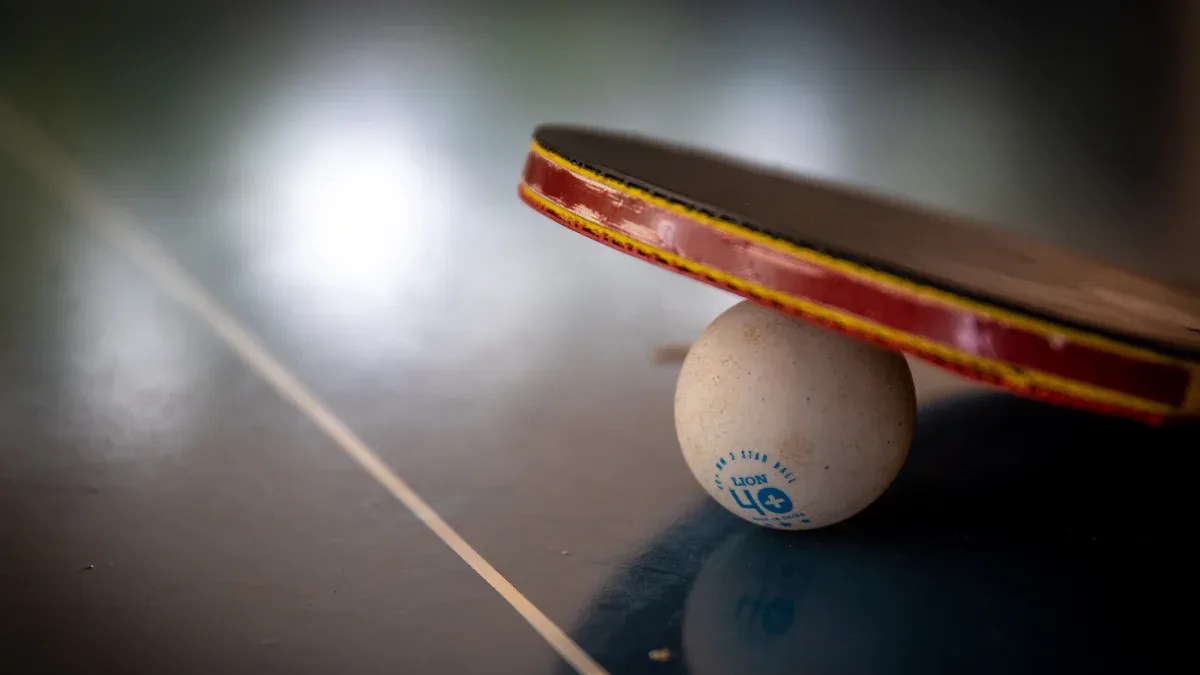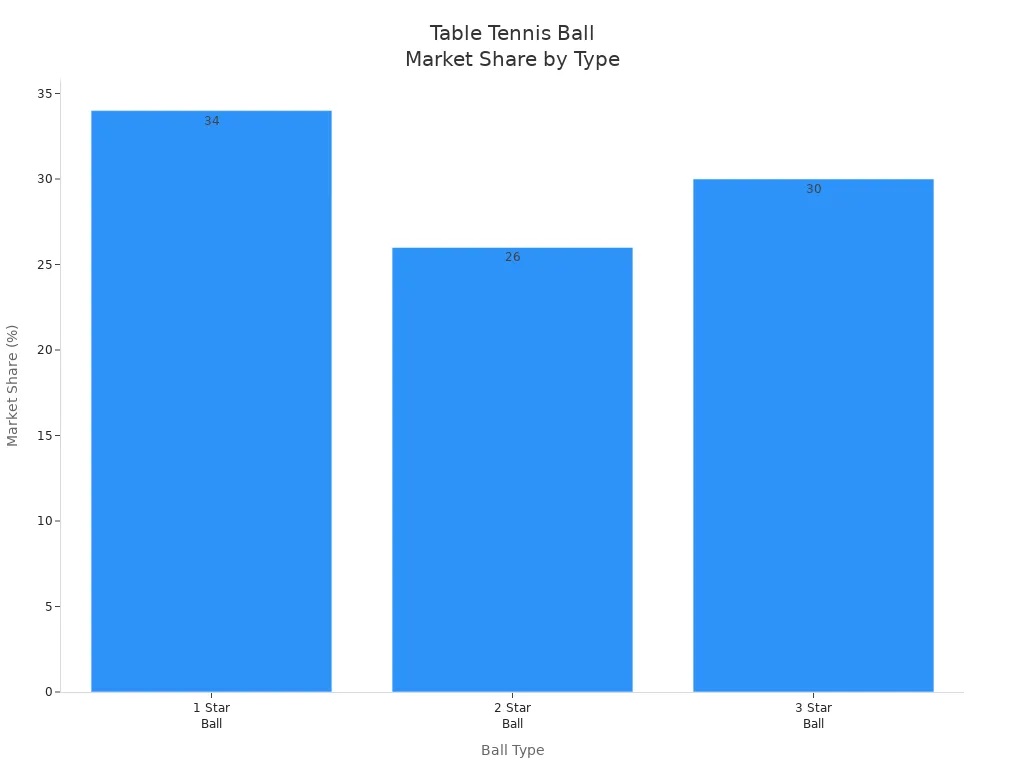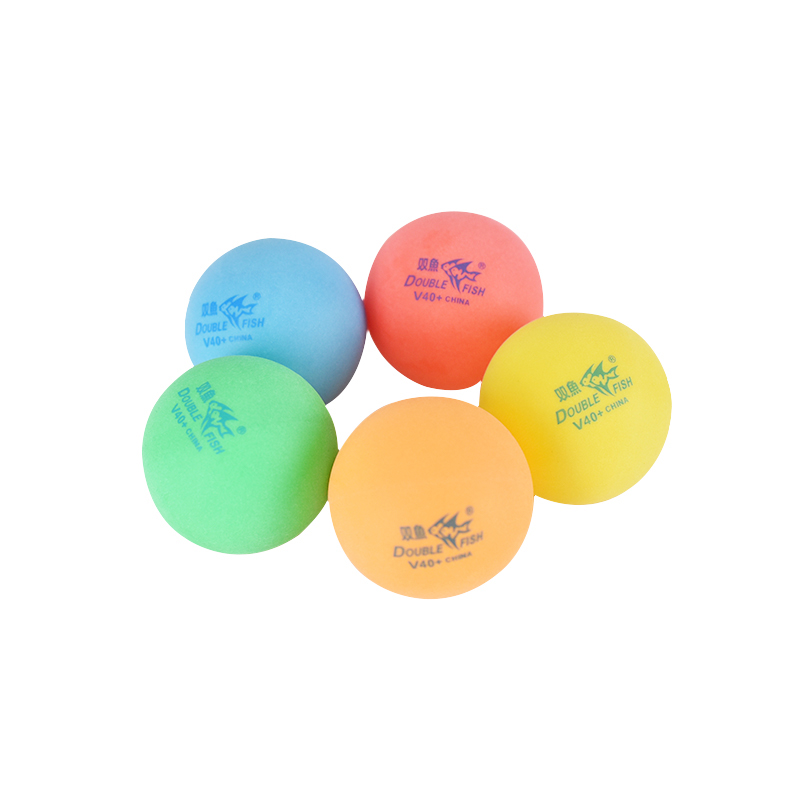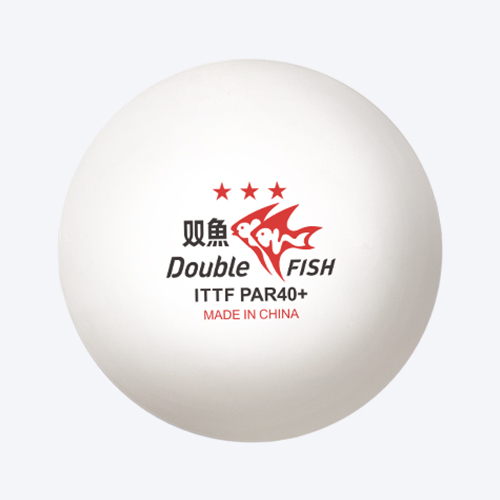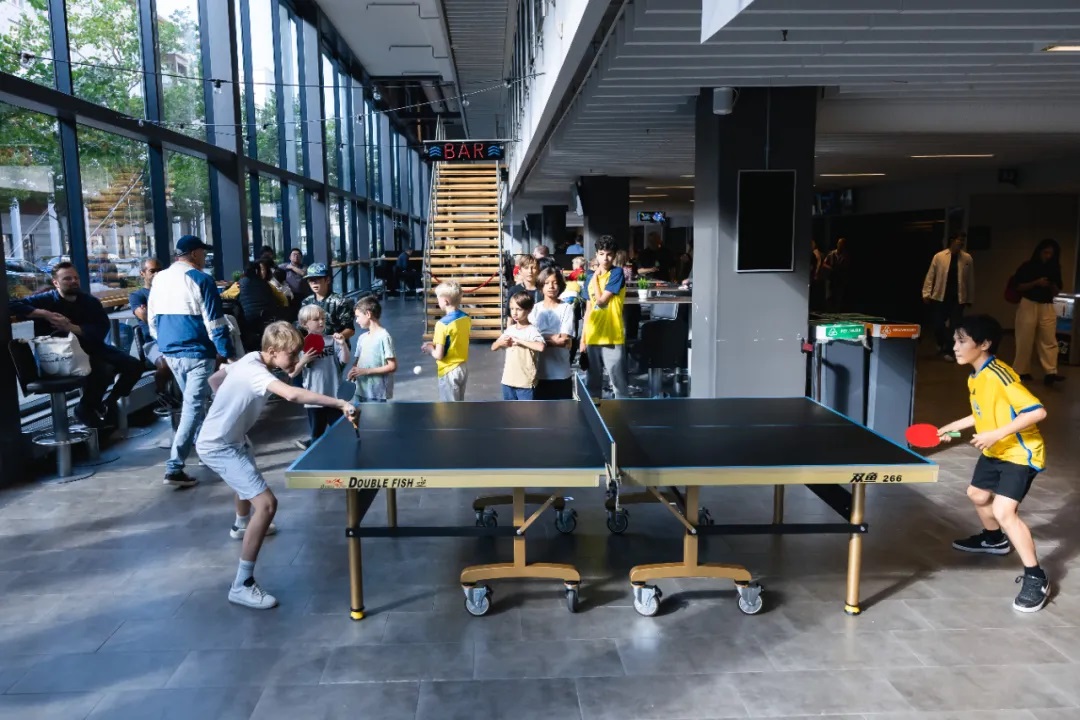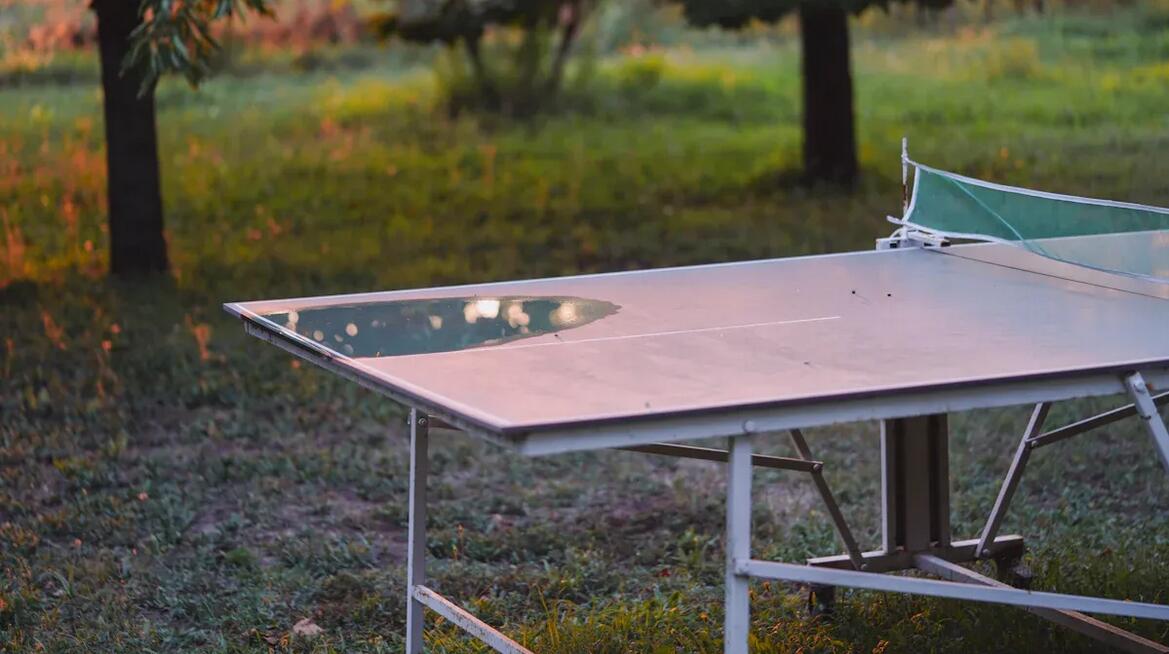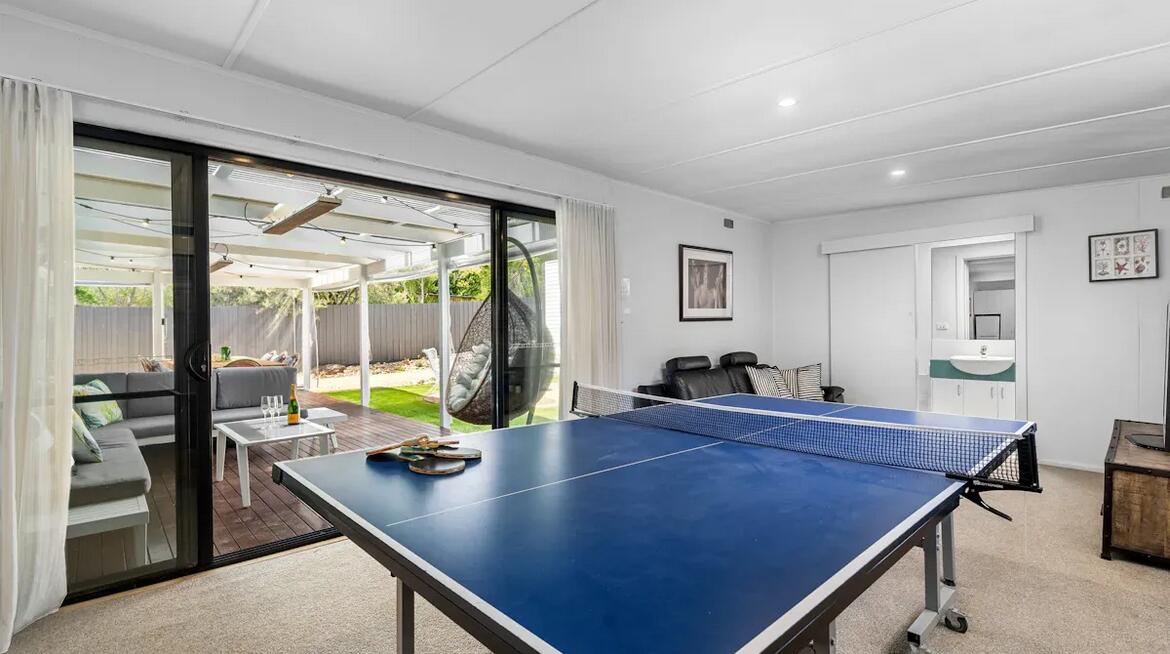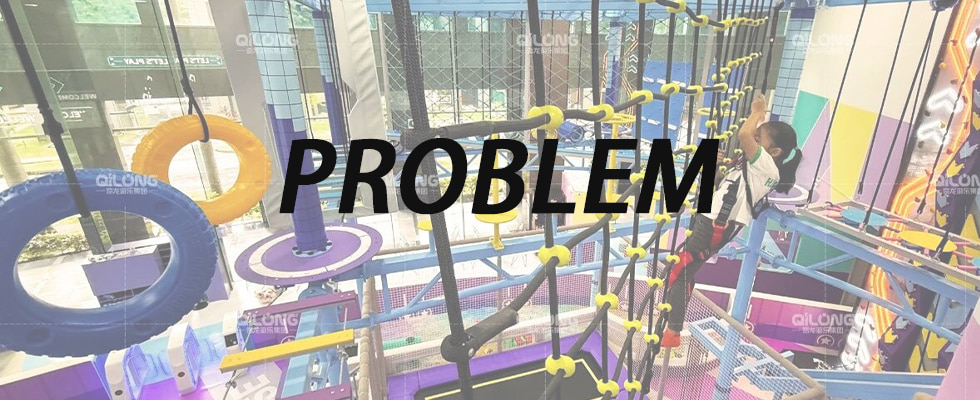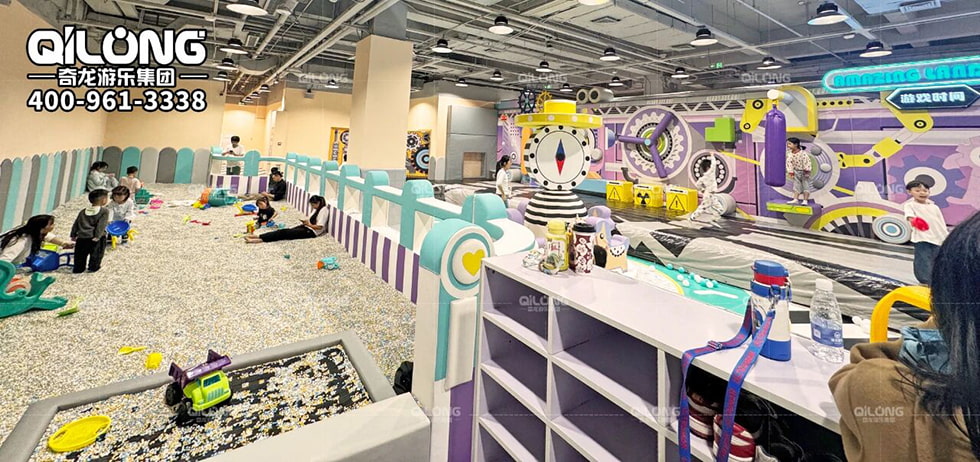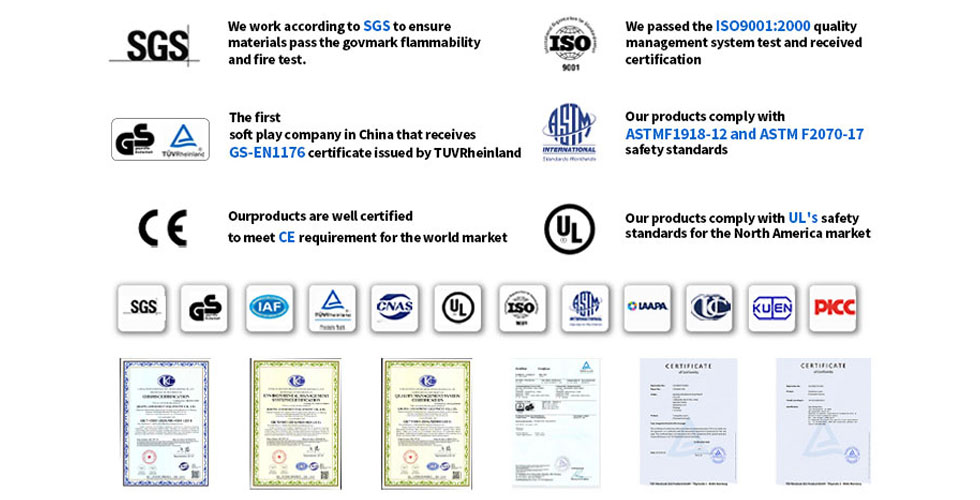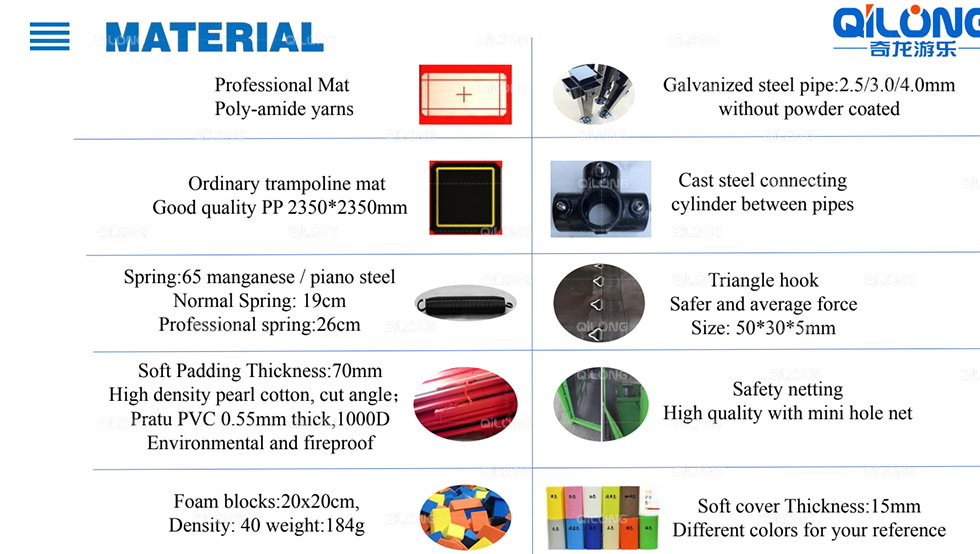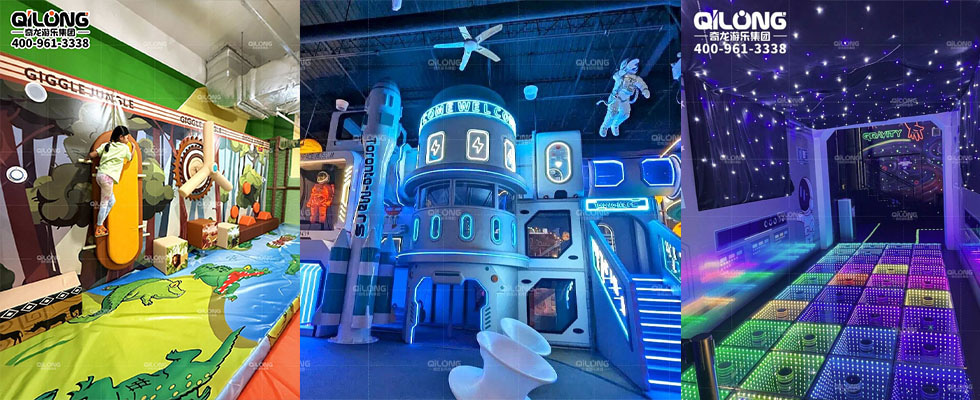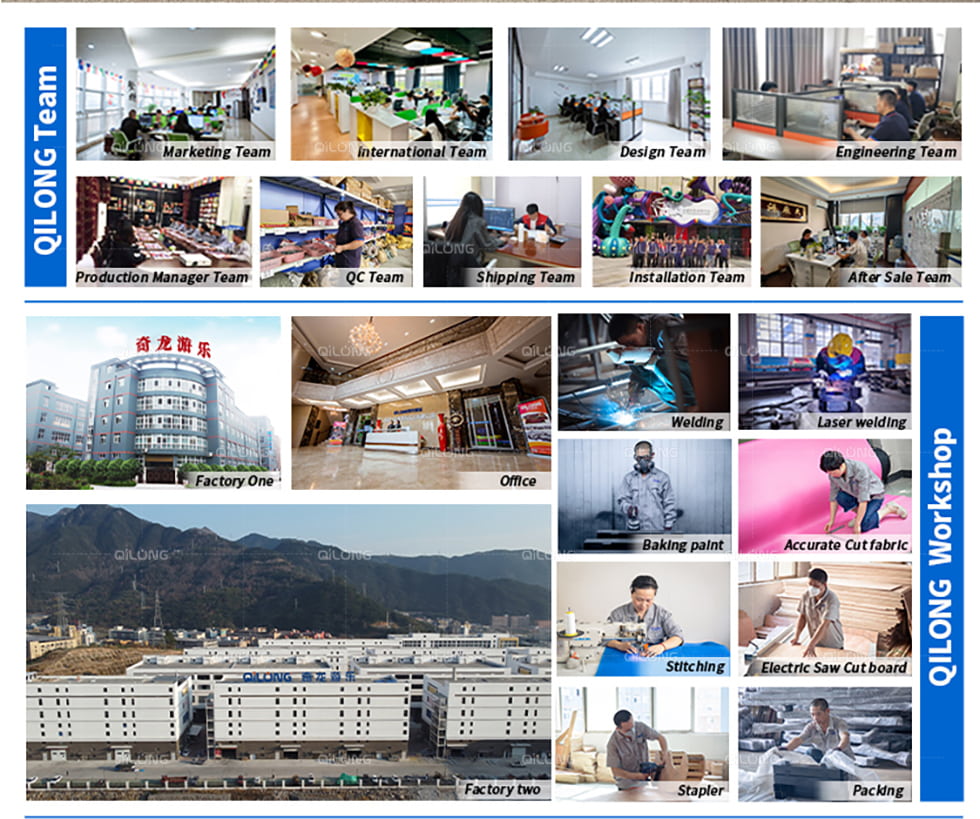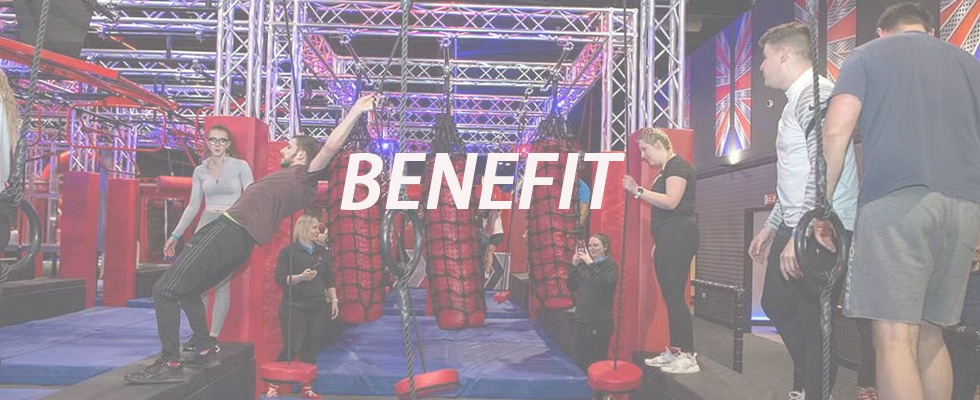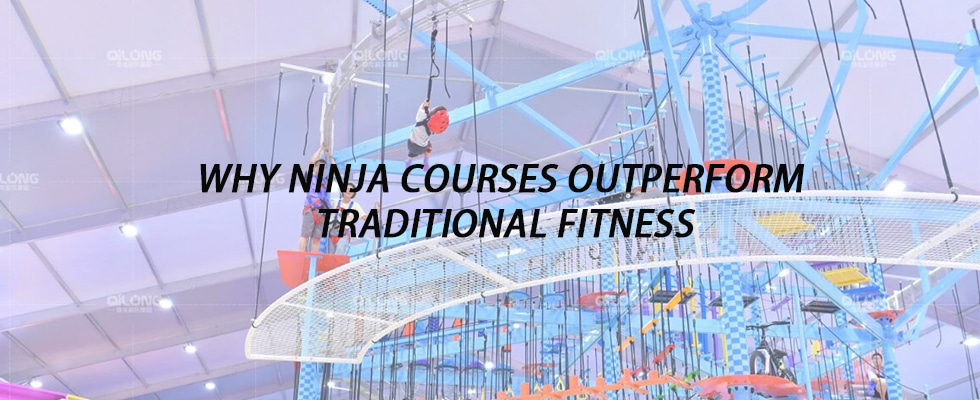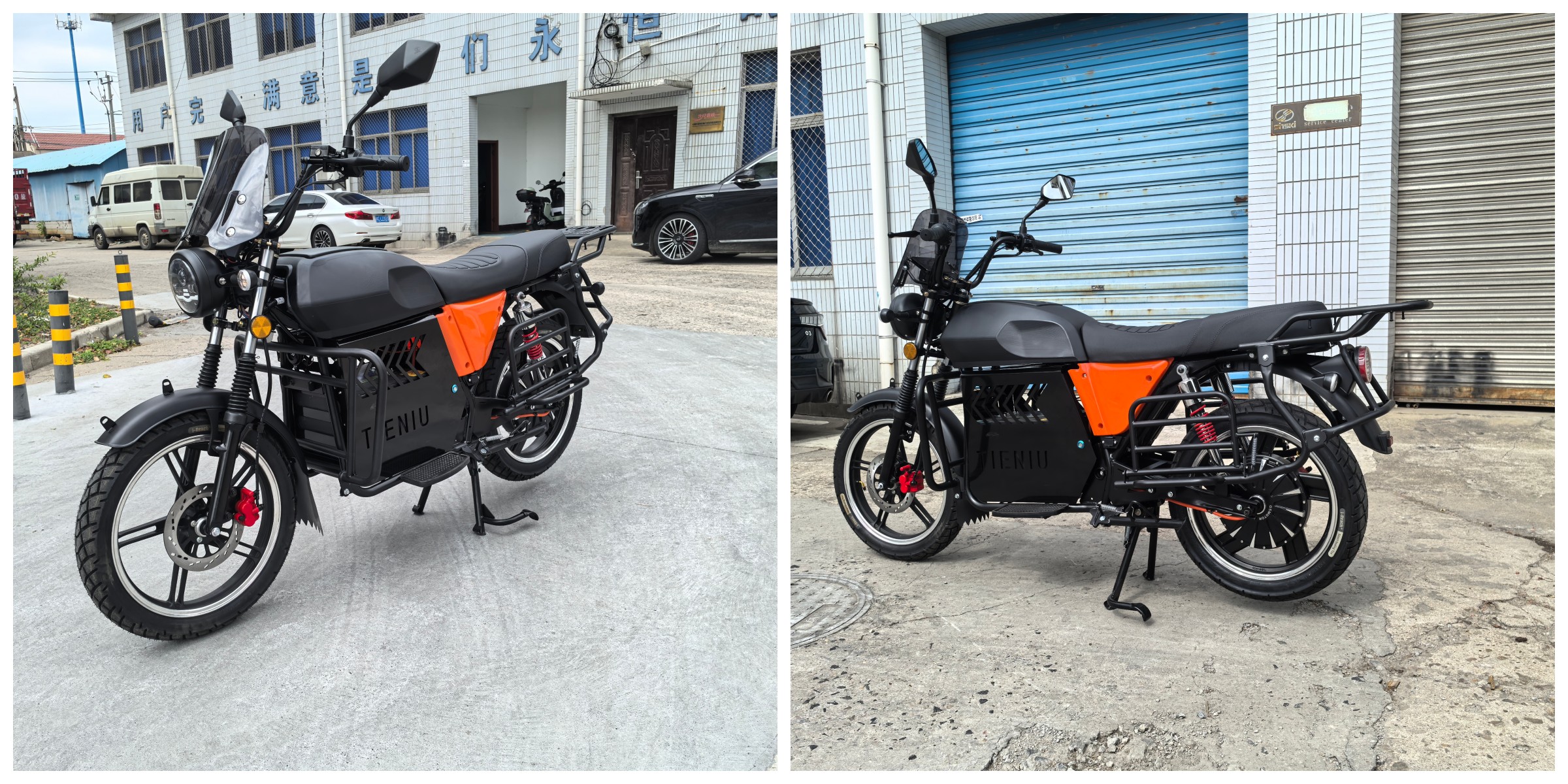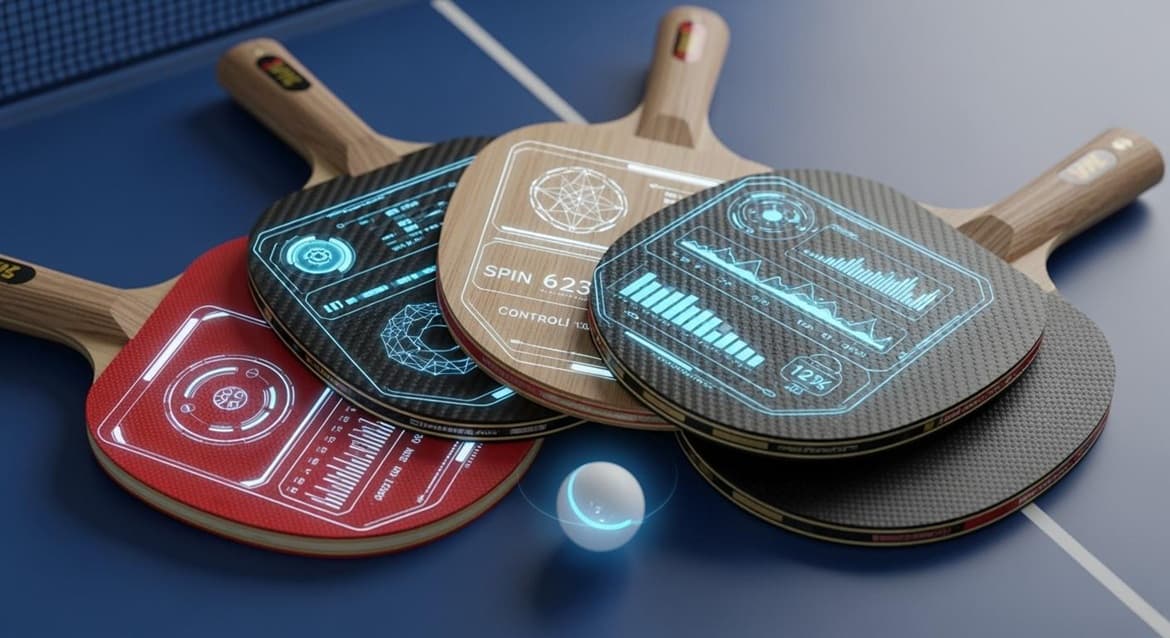
You want the best Table Tennis Blade for your game in 2025, right? The blade you pick should fit your way of playing. You might play allround, offensive, or defensive. Offensive players often pick fast 7-ply or carbon blades. Defensive players like softer blades with more control. Look at some top brands that are leading the market now:
|
Brand Name |
Description |
|---|---|
|
STIGA Sports |
Big market share, trusted by pros and hobby players |
|
Butterfly (Tamasu) |
Famous for always making new and quality products |
|
Yasaka Co. Ltd. |
Well-known for classic and modern blades |
|
Donic Schildkrot |
Many choices, liked by club players |
|
JOOLA Table Tennis |
Works on new blades for better performance |
Your style and these brands will help you find your best blade.
Best Table Tennis Blade by Playing Style
Picking the right Table Tennis Blade for how you play is important. It can really help your game. Some players want more control. Others want more speed. Some want both. Here are the best choices for allround, offensive, and defensive players in 2025.
Top Allround Blades 2025
Allround blades help you control the ball and switch between attack and defense. The Stiga Allround Evolution is good because it feels balanced. Butterfly Primorac is also popular for its smooth touch. Many brands use lighter materials and care about the environment. Some blades have smart tech to track how you play.
Tip: Allround blades are great if you like to change your plan during a match.
|
Trend |
Description |
|---|---|
|
Advancements in materials |
Lighter and eco-friendly materials are now common. |
|
Personalized designs |
Some blades are made just for your style and have smart features. |
|
Focus on sustainability |
Brands try to make blades in ways that help the planet. |
Top Offensive Blades 2025
If you like fast games and lots of spin, offensive blades are best. The Butterfly Timo Boll ALC and DHS Hurricane Long 5 are top picks for pros. Donic Ovtcharov True Carbon is good for strong attacks. Stiga Carbonado 290 gives you power for looping. More blades now use carbon fiber and other new materials. Here is a chart showing how some top offensive blades compare:
|
Blade Name |
Speed |
Control |
|---|---|---|
|
Donic Epox Control |
70 |
90 |
|
Donic Epox Offensiv |
90 |
73 |
|
Donic JO Waldner Gold Edition |
92 |
72 |
|
Donic Original No. 1 Senso |
93 |
72 |
|
GEWO Power Carbon |
89 |
79 |
|
GEWO Sensus Carbo Speed |
96 |
84 |
|
GEWO Celexxis Offensive Classic |
99 |
92 |
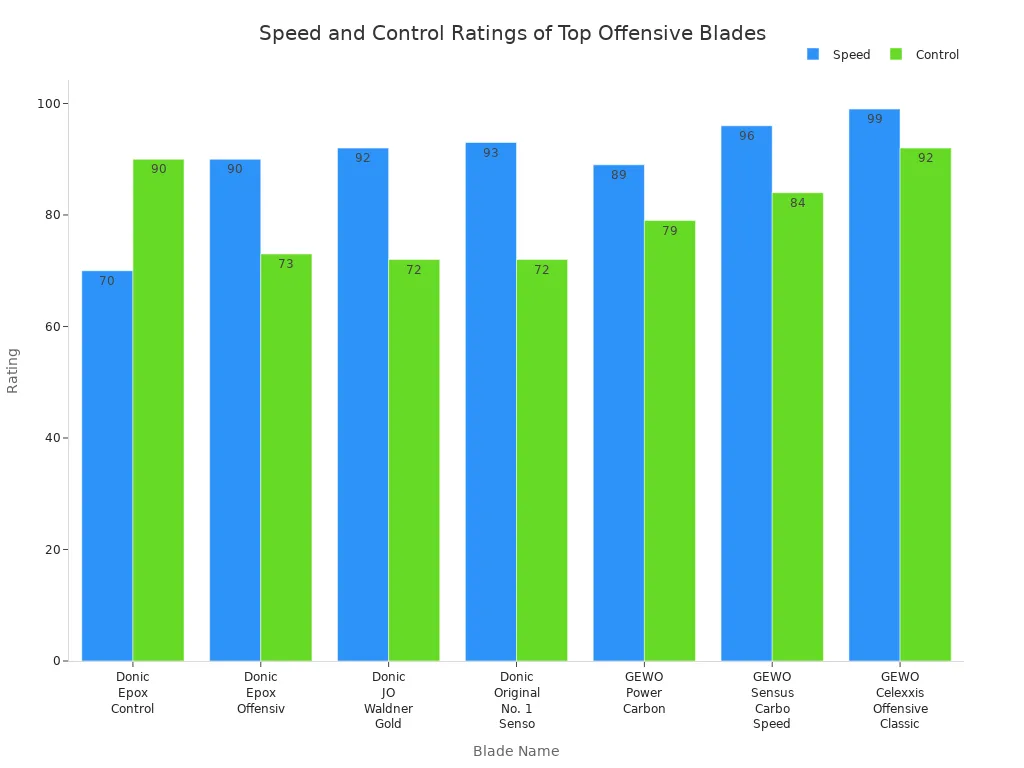
Top Defensive Blades 2025
Defensive players need blades that help with control and reduce shaking. Yasaka Sweden Classic is soft and easy to use. Stiga Defensive Classic cuts down on shaking and helps you make spin. Victas Blockman soaks up energy from fast balls, so blocking is easier. Yinhe 980 XX lets you hold the ball longer for more backspin.
|
Blade Name |
Vibration Dampening |
Control Characteristics |
|---|---|---|
|
Stiga Defensive Classic |
Less shaking when you hit |
Great feel and helps you make spin |
|
Victas Blockman |
Takes energy from fast shots |
Very good for control and blocking |
|
Yinhe 980 XX |
Lets you hold the ball longer |
Makes it easier to create strong backspin |
You can find a Table Tennis Blade that fits your style and helps you play your best.
In-Depth Table Tennis Blade Reviews
Butterfly Fan Zhendong ALC Review
If you want a blade that feels fast and balanced, the Butterfly Fan Zhendong ALC could be your pick. This blade looks a lot like the famous Viscaria, but it has its own style. You get a standard carbon fiber Ping Pong paddle that sits close to the Fan Zhendong ZLC in performance. The feel is a bit different, but both blades give you a solid hit.
-
You should try this blade if you want something faster than a 5-ply wood blade or inner-ALC blade.
-
Many players say it balances control and speed very well.
-
You can pair it with Dignics or Tenergy rubbers for even better results.
Here’s what players say:
|
User Feedback |
Key Points |
|---|---|
|
Positive Experience |
Excellent balance between control and performance, good for many skill levels |
|
Rubber Pairing |
Works well with Dignics and Tenergy rubbers |
|
Handling |
Feels comfortable and fast |
|
Minor Issues |
Some users mention weight and gluing problems |
|
Overall Sentiment |
Most feedback is very positive |
"The FZD ALC blade offers a surprising balance between control and performance. It's easy to handle and gives a great feel when you strike the ball."
Pros:
-
Great balance of speed and control
-
Comfortable to hold
-
Works well with many rubbers
Cons:
-
Some minor issues with weight
-
Gluing can be tricky
Best for:
You should try this blade if you want a fast, modern butterfly ping pong paddle that still gives you control.
Stiga Allround Evolution Review
The Stiga Allround Evolution is a classic choice for players who want control and a bit of speed. You get a blade made with advanced materials and strong craftsmanship. This means it lasts a long time, even if you play in tournaments.
|
Metric |
Rating |
|---|---|
|
Speed |
96/100 |
|
Spin |
94/100 |
|
Control |
90/100 |
You will notice the blade feels balanced. It helps you switch between attack and defense with ease. The control rating is high, so you can place the ball where you want.
Tip: If you want a blade that can handle tough matches and last for years, this is a smart pick.
Pros:
-
High control
-
Good speed for an allround blade
-
Very durable
Cons:
-
Not as fast as offensive blades
-
Some players want more power
Best for:
You should use this blade if you like to play a mix of attack and defense and want a reliable high-performance ping-pong paddle.
Butterfly Timo Boll Spirit Review
The Butterfly Timo Boll Spirit stands out for its great mix of speed and control. You get a blade with high durability and a large sweet spot, which helps you make more spin. The carbon layer cuts down on vibration, so your shots feel smooth.
-
You will feel good power for attacks.
-
The blade gives you control for serve receive.
-
It feels comfortable, even if you play for a long time.
-
Many looping players love this blade.
"This blade is perfect if you want to loop and attack, but still keep control."
Pros:
-
Excellent speed and control
-
Durable and long-lasting
-
Large sweet spot
-
Less vibration
Cons:
-
Price is higher than some other blades
-
May feel too fast for beginners
Best for:
You should try this blade if you want to play fast, spinny shots and need a blade that feels great in your hand.
Yasaka Ma Lin Extra Offensive Review
If you want a blade that gives you speed at a good price, the Yasaka Ma Lin Extra Offensive is a top pick. Many players use it in competitions because it is fast and easy to control.
|
Blade Name |
Price |
Speed Rating |
Control Rating |
|---|---|---|---|
|
Yasaka Ma Lin Extra Offensive |
$49.35 |
90 |
74 |
You will notice the blade feels light and helps you attack quickly. The control rating is lower than some allround blades, but you get more speed.
Pros:
-
Fast and powerful
-
Affordable price
-
Good for attacking players
Cons:
-
Less control than allround blades
-
Not ideal for pure defense
Best for:
You should use this blade if you want to attack and play fast rallies without spending too much.
Xiom Hugo Calderano Hyper Axylium Review
The Xiom Hugo Calderano Hyper Axylium is a favorite for players who want both speed and control. Many users say it feels forgiving, so you can make mistakes and still keep the ball on the table. The blade gives you a nice touch and lots of precision, especially if you play from mid-distance.
|
User Feedback |
Key Points |
|---|---|
|
User 1 |
Great control, speed, and forgiving nature. Good for offense and defense. |
|
User 2 |
Excellent touch and precision at mid-distance. Ideal for controlled play. |
|
User 3 |
Catapult effect and control. Helps correct mistakes in strokes. |
|
User 4 |
Good dwell time and control with hard rubbers. Balanced performance. |
|
User 5 |
Awesome with hard rubbers. Lots of dwell time and controllability. |
"You will love the dwell time and control, especially if you use hard rubbers."
Pros:
-
Balanced speed and control
-
Forgiving for mistakes
-
Works well with hard rubbers
Cons:
-
May feel too soft for some power players
-
Price is on the higher side
Best for:
You should try this blade if you want a modern blade that helps you attack and defend with confidence.
DHS Hurricane Long 3 Review
The DHS Hurricane Long 3 is a popular choice for players who want control and speed. You get a blade with high ratings in both areas, and many users say it feels great during play.
|
Specification |
Rating |
|---|---|
|
Speed |
9.2 |
|
Control |
9.1 |
|
Hardness |
6.8 |
|
Durability |
8.3 |
|
User Rating |
5.00 |
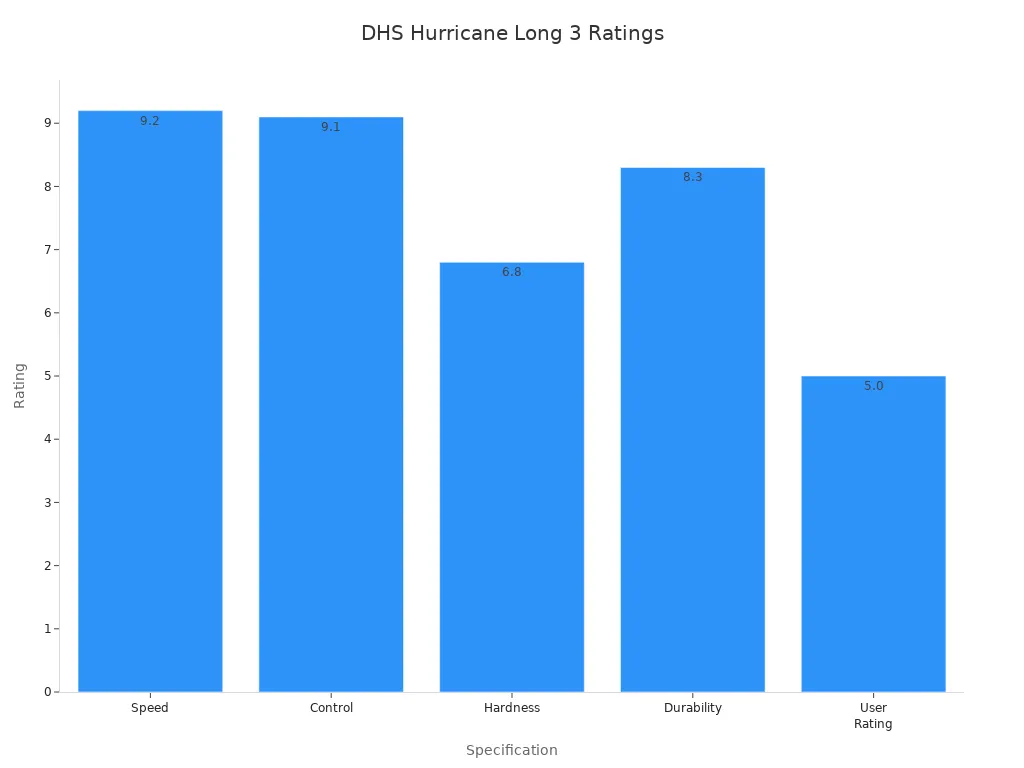
|
Strengths |
Weaknesses |
|---|---|
|
Affordable (around $25) |
Needs careful maintenance |
|
High control |
Not very forgiving for some strokes |
|
Versatile |
Not the best for flat-smashing |
Pros:
-
Great control
-
Good speed
-
Feels solid
Cons:
-
Needs more care to last
-
Not forgiving for all strokes
Best for:
You should use this blade if you want a versatile Table Tennis Blade that gives you control and speed at a good price.
Butterfly Harimoto Innerforce ZLC Review
The Butterfly Harimoto Innerforce ZLC stands out among high-end blades. You get a high rebound area, which means you hit the sweet spot more often. This helps you control the ball and feel every shot. The special layers in the blade give you dynamic feedback, so you know exactly how your shot feels.
|
Feature |
Description |
|---|---|
|
High Rebound Area |
Improves contact in the sweet spot for better control and feel |
|
Dynamic Feedback |
Special layers give you maximum feel and player experience |
"If you want a blade that gives you top-level control and feedback, this is a great choice."
Pros:
-
Excellent control and feel
-
High rebound for strong shots
-
Great for advanced players
Cons:
-
Expensive
-
May be too advanced for beginners
Best for:
You should try this blade if you want a high-end blade that helps you play with precision and confidence.
Blade Comparison: Pros and Cons
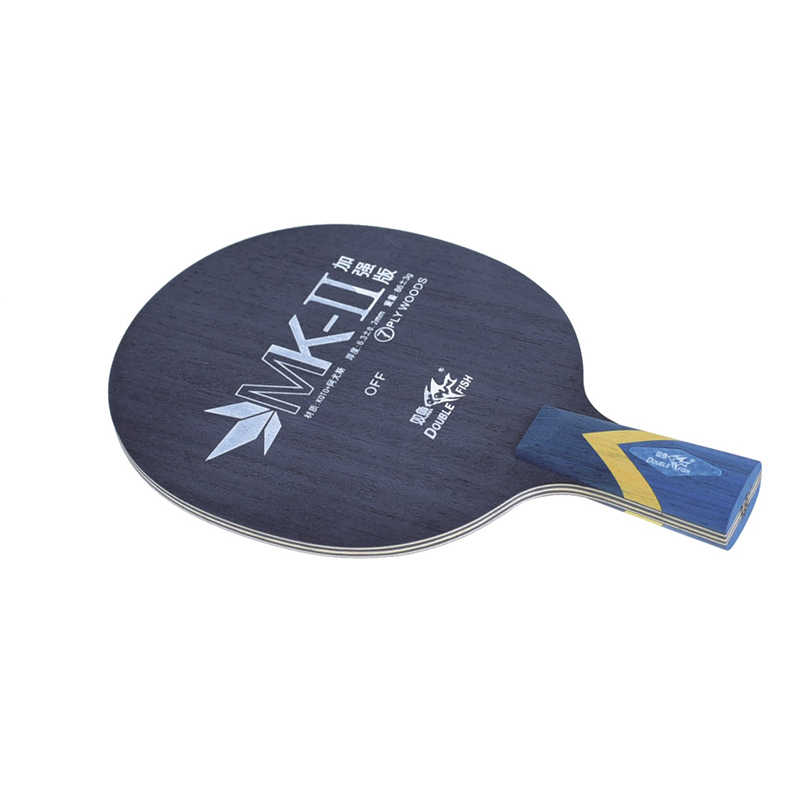
Picking the right table tennis blade can be hard. You need to know how each type is different. Let’s look at allround, offensive, and defensive blades. This will help you find what matches your style.
|
Blade Type |
Speed |
Control |
|---|---|---|
|
Defensive |
Slowest |
High |
|
Allround |
Medium |
Medium |
|
Offensive |
Fastest |
Low |
Allround Blade Pros and Cons
Allround blades give you both speed and control. You can attack or defend with these blades. Many players like the balance and feel. These blades work well with Mark V rubber. They are also a good deal for the price. Some people say these blades can break during normal play. So, they may not last as long.
|
Pros |
Cons |
|---|---|
|
Good mix of speed and control |
Might not last long |
|
Feels great and easy to control |
Some break during normal use |
|
Works well with Mark V rubber |
|
|
Good quality for the price |
|
|
Great for all-around playing styles |
|
Tip: If you like to attack and defend, try an allround blade.
Offensive Blade Pros and Cons
Offensive blades are made for fast play. You get more speed and power with these blades. They help you hit strong shots and play quick rallies. Some, like Hayabusa ZL Pro, give lots of power. Others, like ZX-Gear Fiber, are easier for new players. You need good skills to use the fastest blades. Some are too fast for beginners or do not have enough control.
|
Blade Model |
Pros |
Cons |
|---|---|---|
|
ZX-Gear Fiber |
Easy to control, good for new players |
Not very fast for a fiber blade |
|
Primorac |
Good control, flexible |
Slower than other offensive blades |
|
Timo Boll ZLF |
Good for shots from mid-distance |
May not be strong enough for hard attacks |
|
Hayabusa ZL Pro |
Very fast and powerful for skilled players |
Hard to control without good skills |
|
Ngineered H |
Gives extra power for strong shots |
Too fast for some beginners |
Note: If you love speed and attacking, offensive blades are for you. Make sure you can handle the fast pace!
Defensive Blade Pros and Cons
Defensive blades help you slow down the game. You get more control and time to react. These blades make blocking and returning shots easier. Experts say to check the blade type, material, and handle shape. The way the blade feels in your hand is important. Not every defensive blade fits every player. Try a few to see what works for you.
-
You get great control and easy use.
-
Defensive blades often use special materials to stop shaking.
-
Handle shape and blade design help with comfort and play.
-
Some defensive blades are not good for players who attack a lot.
Remember: If you like long rallies and stopping your opponent, a defensive blade could be best for you.
How to Choose a Table Tennis Blade
Blade Composition and Materials
You want your blade to feel good in your hand. Most blades are made from wood. Some blades have carbon or other fibers for more speed. Wood blades help you control the ball and feel softer. Carbon blades make your shots go faster and give more power. If you like to attack, you may want a carbon blade. If you want more control, wood is better. Some new blades use eco-friendly materials. These are good for the planet and feel nice when you play.
Tip: Hold different blades before you buy one. You will quickly notice how each blade feels and weighs.
Handle Types and Grip
The handle shape changes how the blade feels to hold. You can choose flared, straight, or anatomic handles. Each handle gives a different grip and comfort.
|
Handle Type |
Description |
Advantages |
|---|---|---|
|
Flared |
Wider at the bottom to prevent slipping |
Secure grip, popular among players |
|
Straight |
Same width throughout |
Consistent feel, easy to twiddle |
|
Anatomic |
Bulge in the middle |
Comfortable for certain grips |
If your hand gets sweaty, a flared handle helps you hold on. Some players like straight handles because they can turn the blade easily. Anatomic handles fit the shape of your hand well.
Matching Blade to Playing Style
Your playing style is very important. If you like to attack, pick a fast blade. If you defend, choose a blade with more control. Beginners often use allround blades. These blades help you learn both attacking and defending.
|
Skill Level |
Recommended Blade Type |
Key Features |
|---|---|---|
|
Beginners |
Allround Blades |
Control and precision for learning |
|
Intermediate Players |
Allround to Offensive Minus |
Balance of control and speed |
|
Advanced Players |
Offensive Plus |
Higher speed and spin for advanced skills |
|
Competitive Players |
Top-tier Blades |
Special features for pro-level performance |
Key Buying Features
When you shop for a blade, look for these things:
-
Weight: Lighter blades move faster. Heavier blades feel more solid.
-
Balance: Some blades feel heavier at the top. Others feel heavier at the handle.
-
Durability: Strong blades last longer, even if you play a lot.
-
Price: You can find good blades at many prices.
Remember, the best blade is the one that feels right for you. Try different blades and trust what feels best!
Expert Tips and Recommendations
Best Blades for Beginners
Starting out in table tennis? You want a blade that helps you learn control and build good habits. Look for something light and easy to handle. Here are some top picks for you:
-
Stiga Allround Classic: This blade gives you great control and a soft feel. You can learn both attack and defense.
-
Butterfly Primorac: Many new players love this one. It feels balanced and helps you place the ball where you want.
-
Yasaka Sweden Extra: This blade is light and easy to swing. You can focus on your technique.
Tip: Try to avoid very fast or heavy blades when you start. You want to build your skills first.
Best Blades for Advanced Players
If you play at a higher level, you need a blade that matches your speed and spin. You want something that feels powerful but still gives you control. Check out these favorites:
|
Blade Name |
Why You’ll Like It |
|---|---|
|
Butterfly Fan Zhendong ALC |
Fast, balanced, great for looping |
|
DHS Hurricane Long 5 |
Powerful, good for strong attacks |
|
Xiom Hugo Calderano Hyper Axylium |
Modern feel, lots of precision |
|
Stiga Carbonado 290 |
Very fast, perfect for offense |
Advanced blades often use carbon or special fibers. You get more speed and a bigger sweet spot.
Blade Maintenance Tips
You want your blade to last and play well. Take care of it with these simple steps:
-
Keep it dry. Wipe off sweat and water after you play.
-
Use a blade case. Store your blade in a case to protect it from bumps.
-
Clean the handle. Use a soft cloth to wipe the handle. This keeps it comfortable.
-
Check for damage. Look for cracks or chips. Fix small problems before they get worse.
